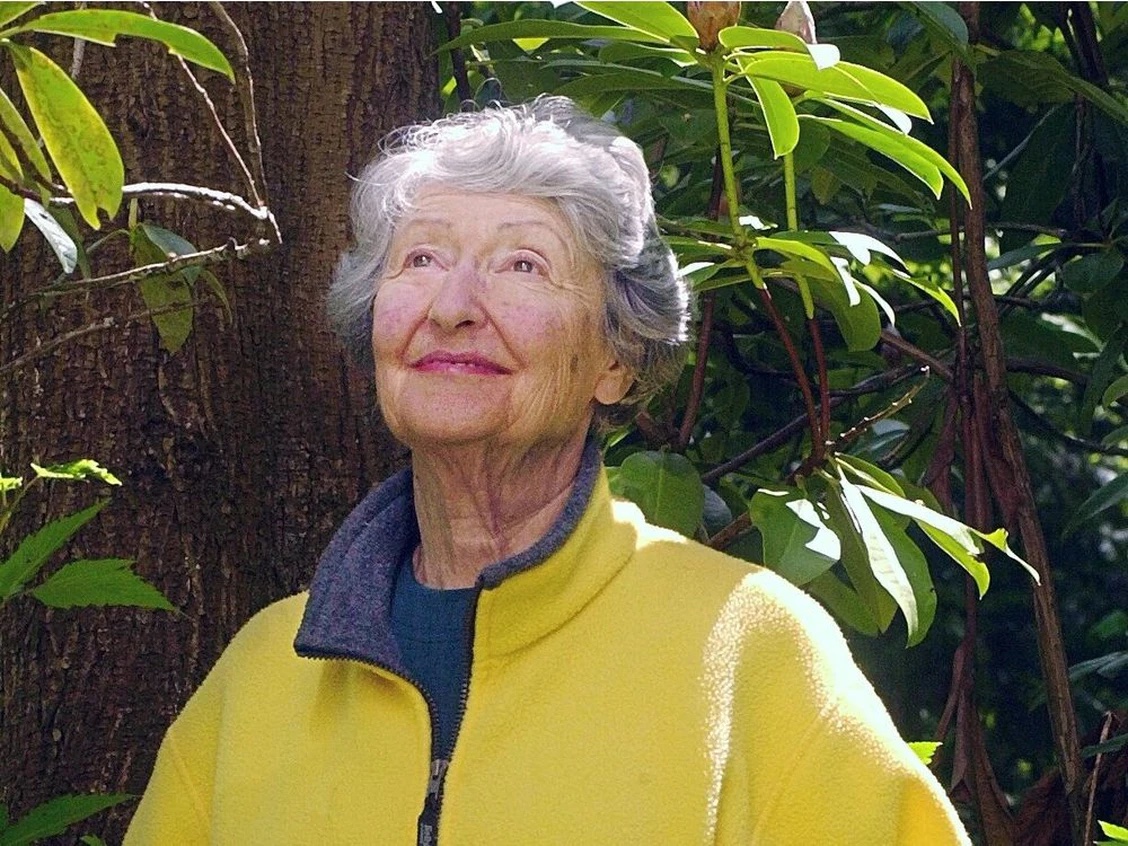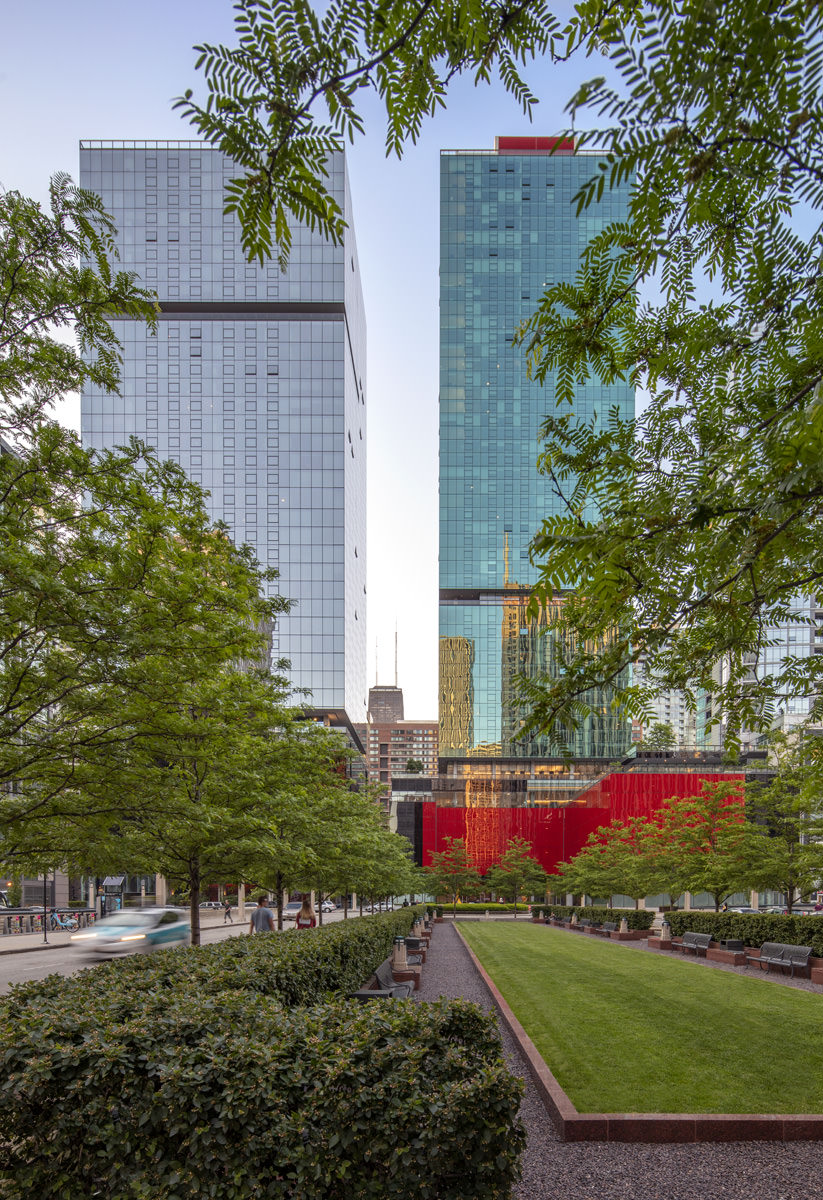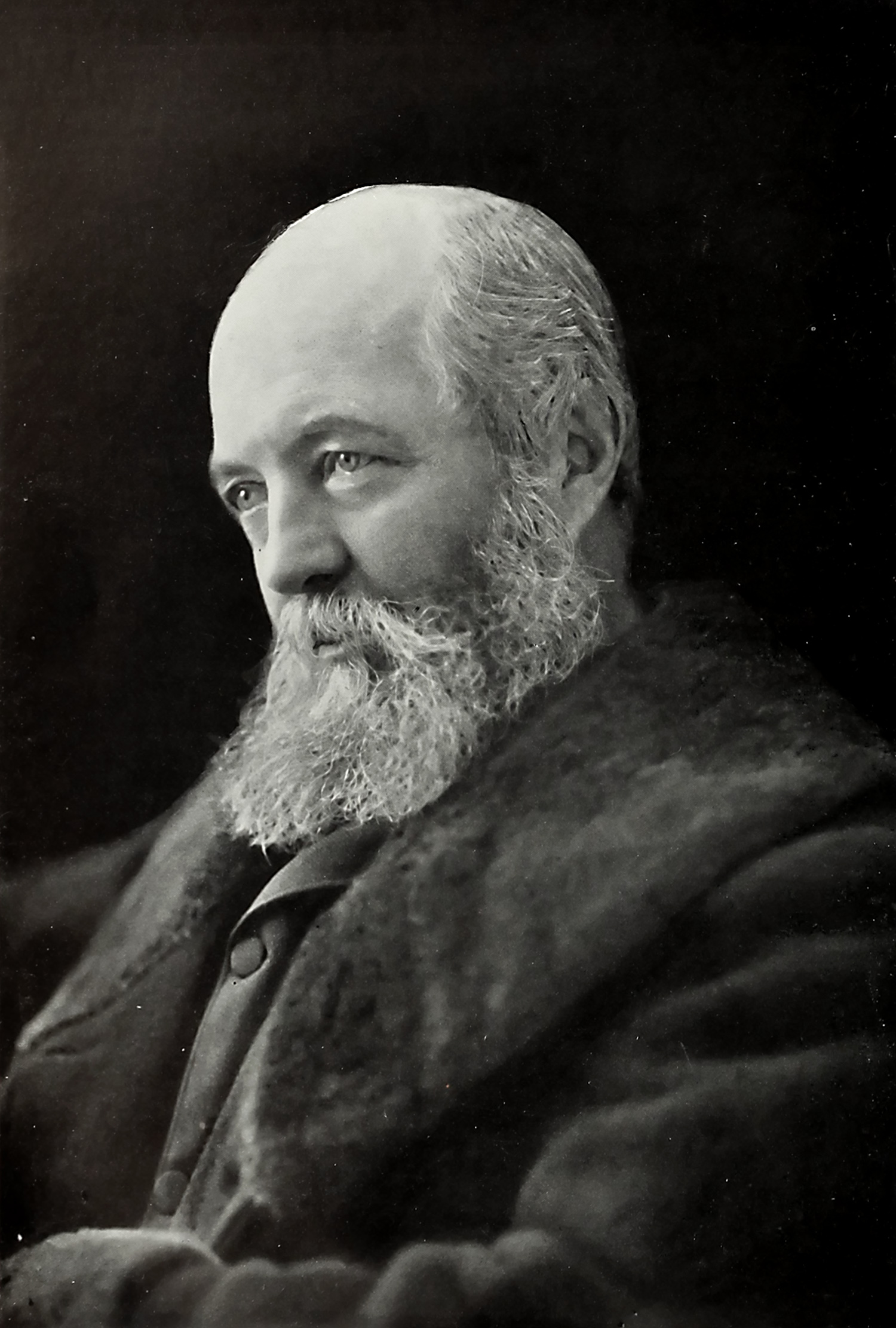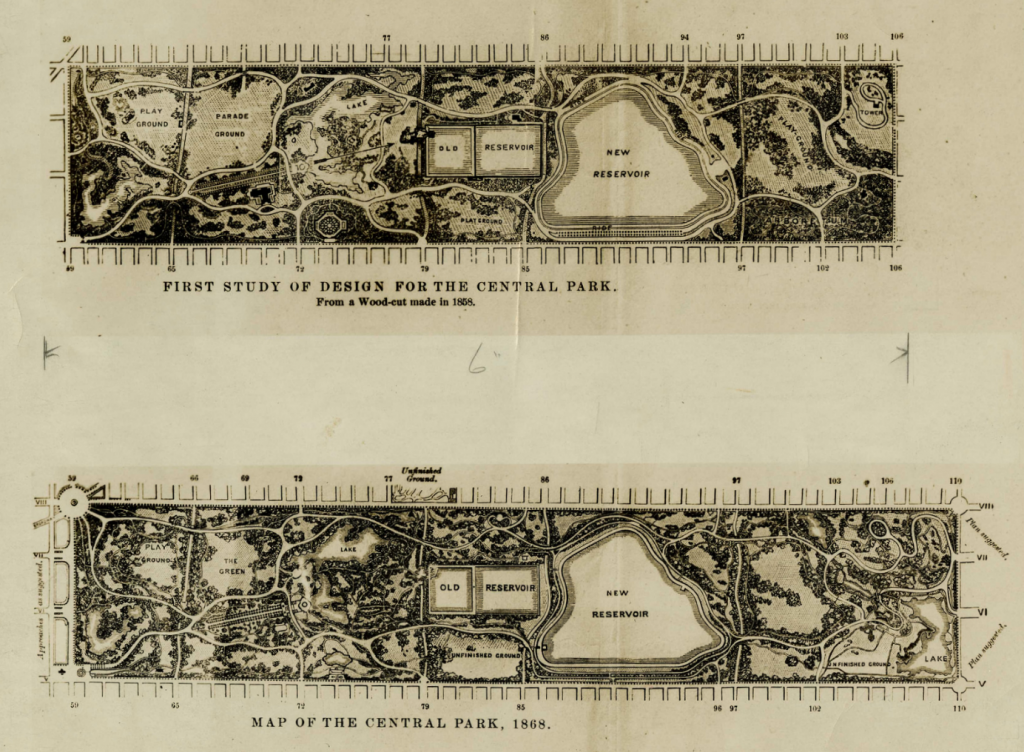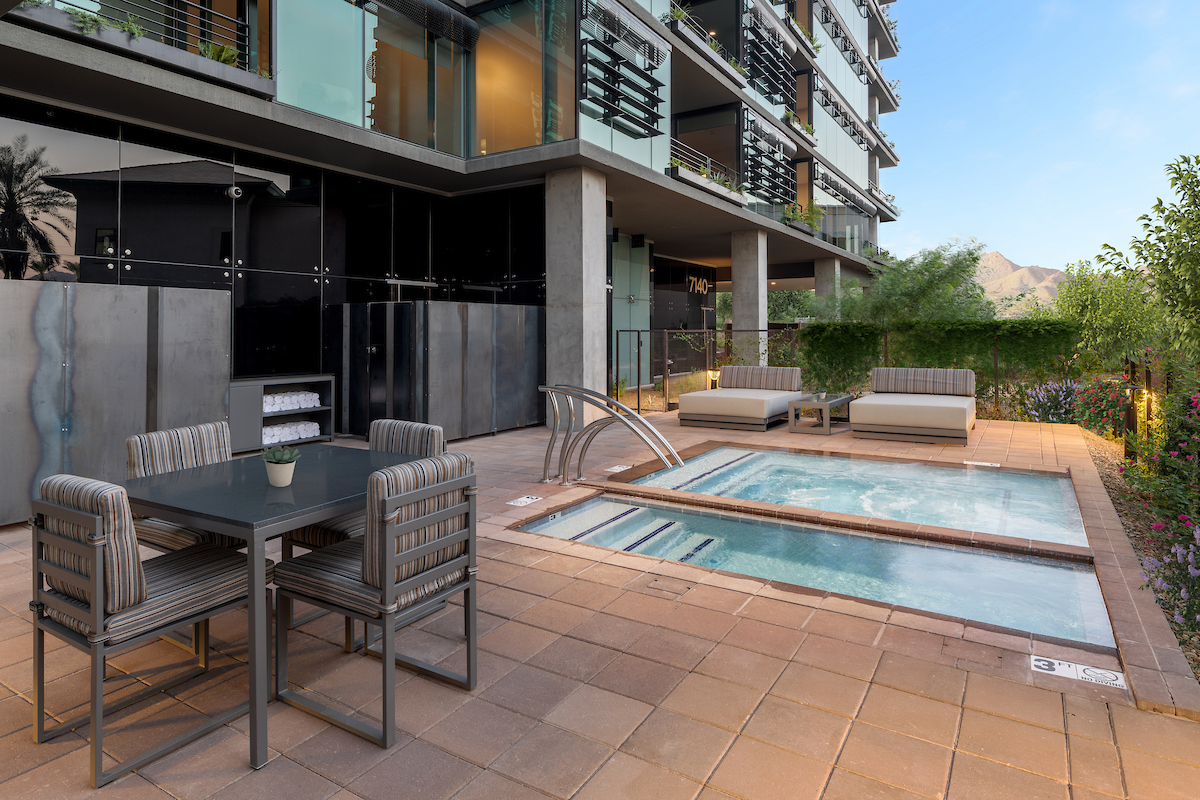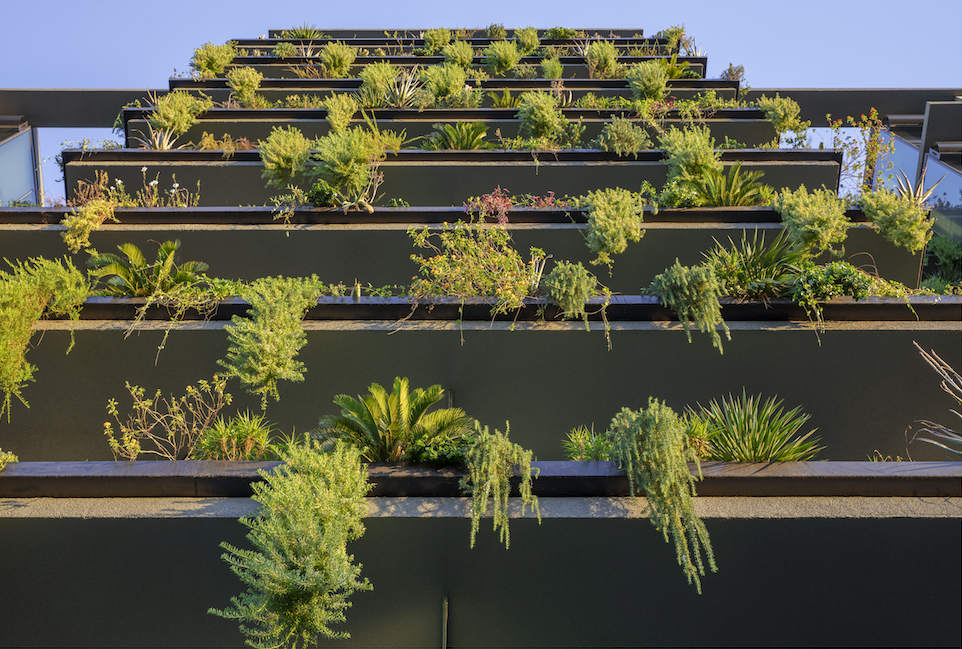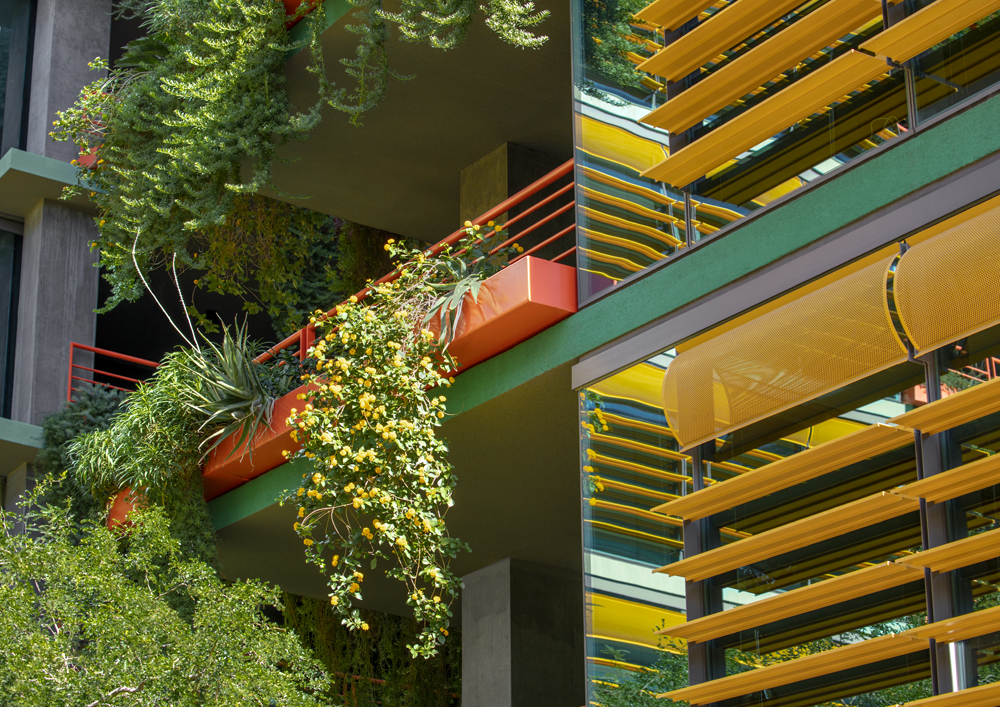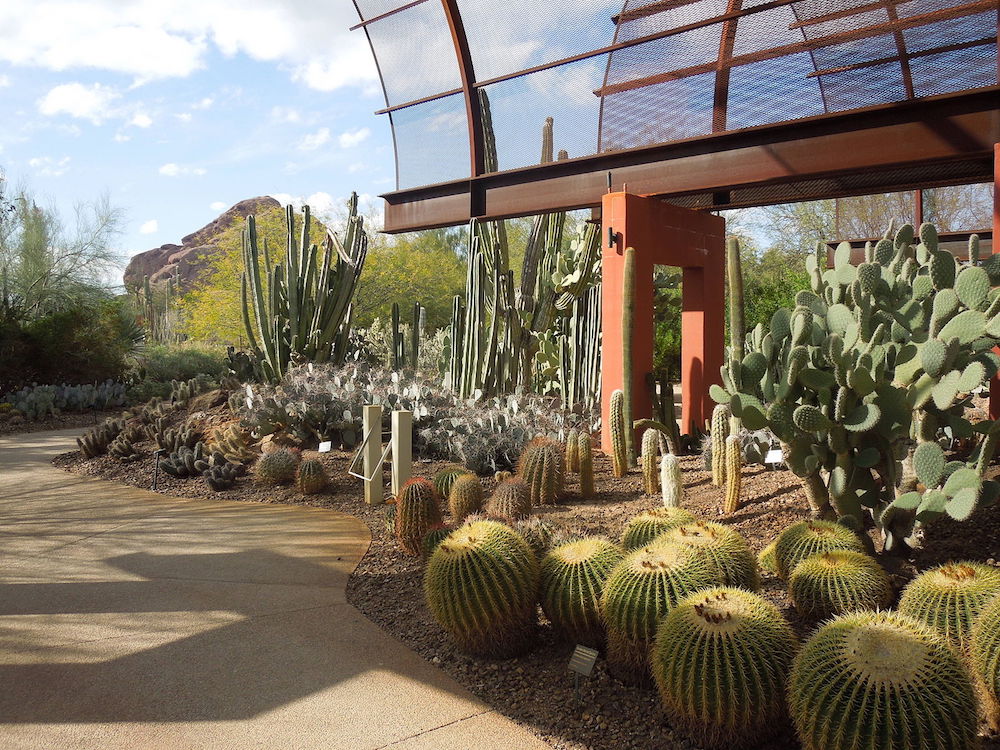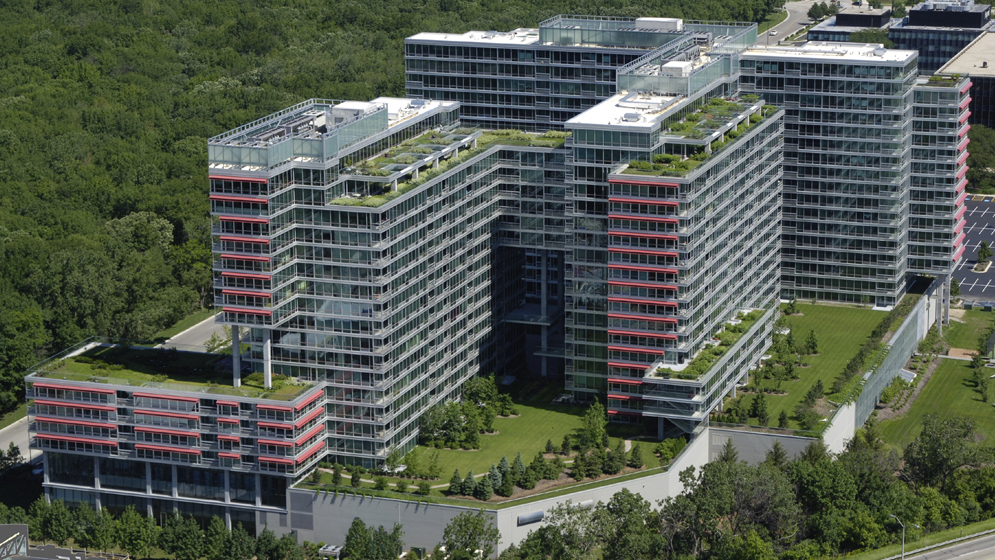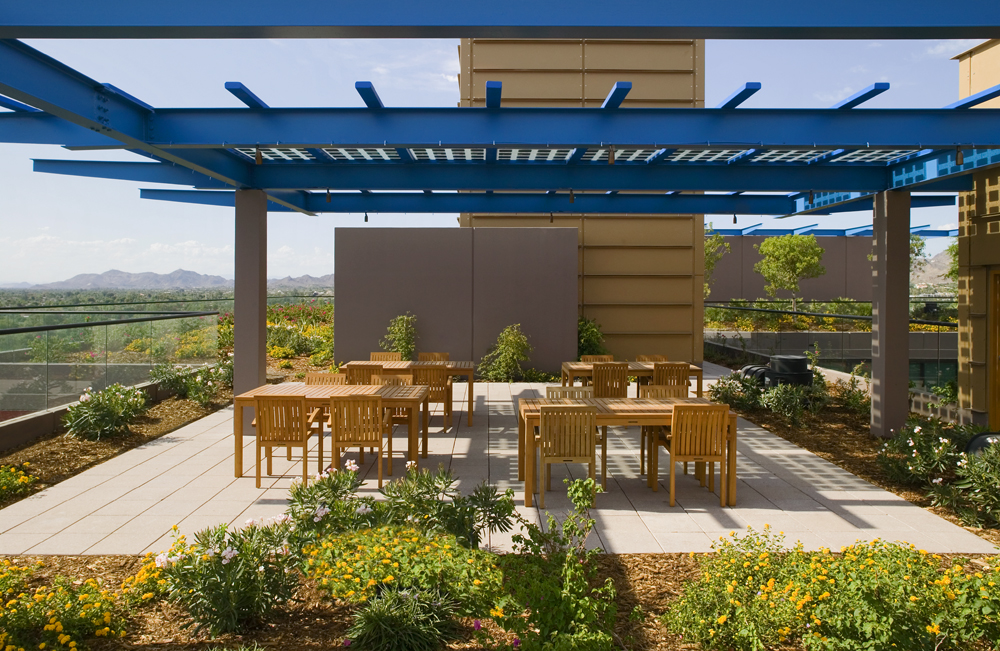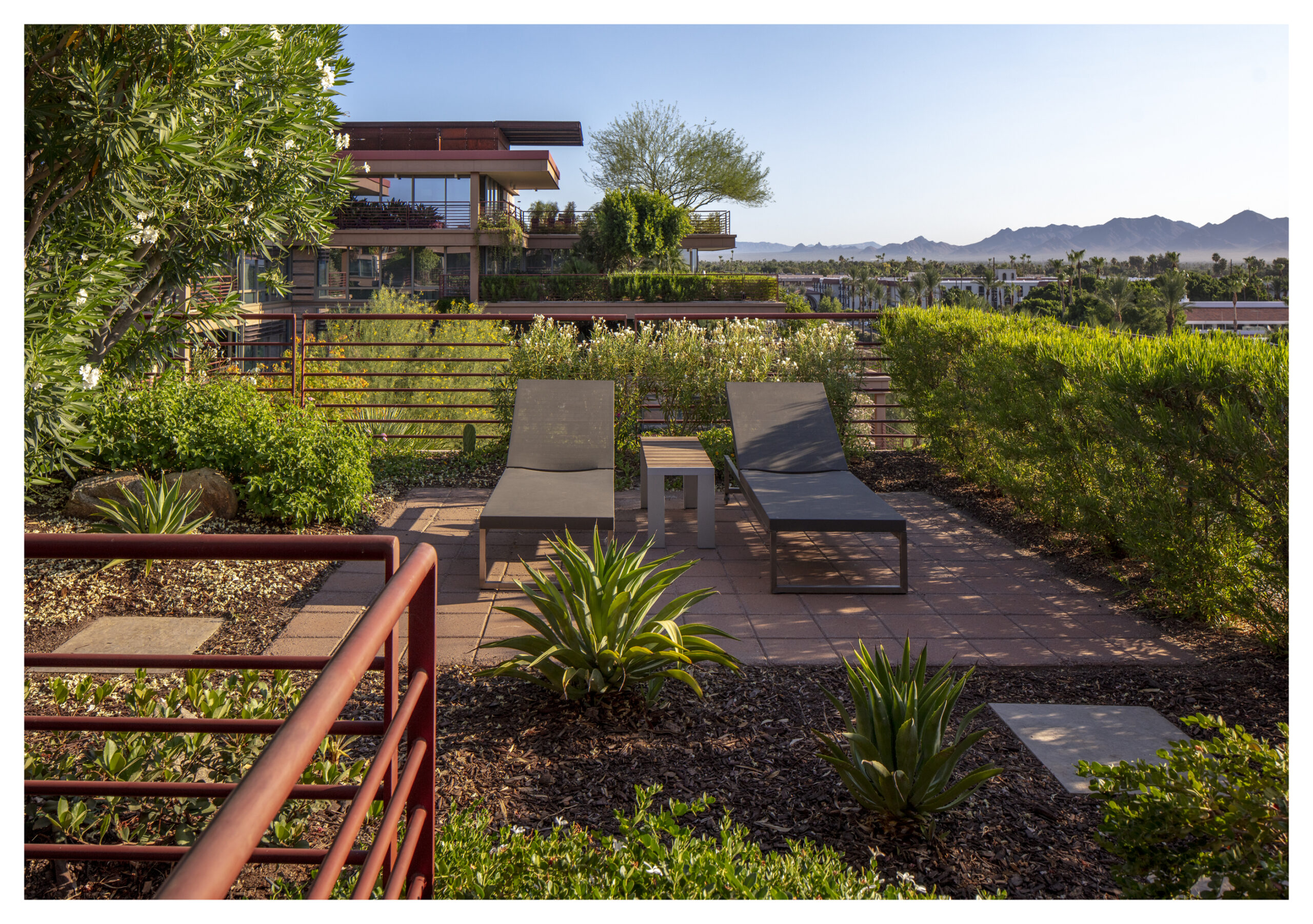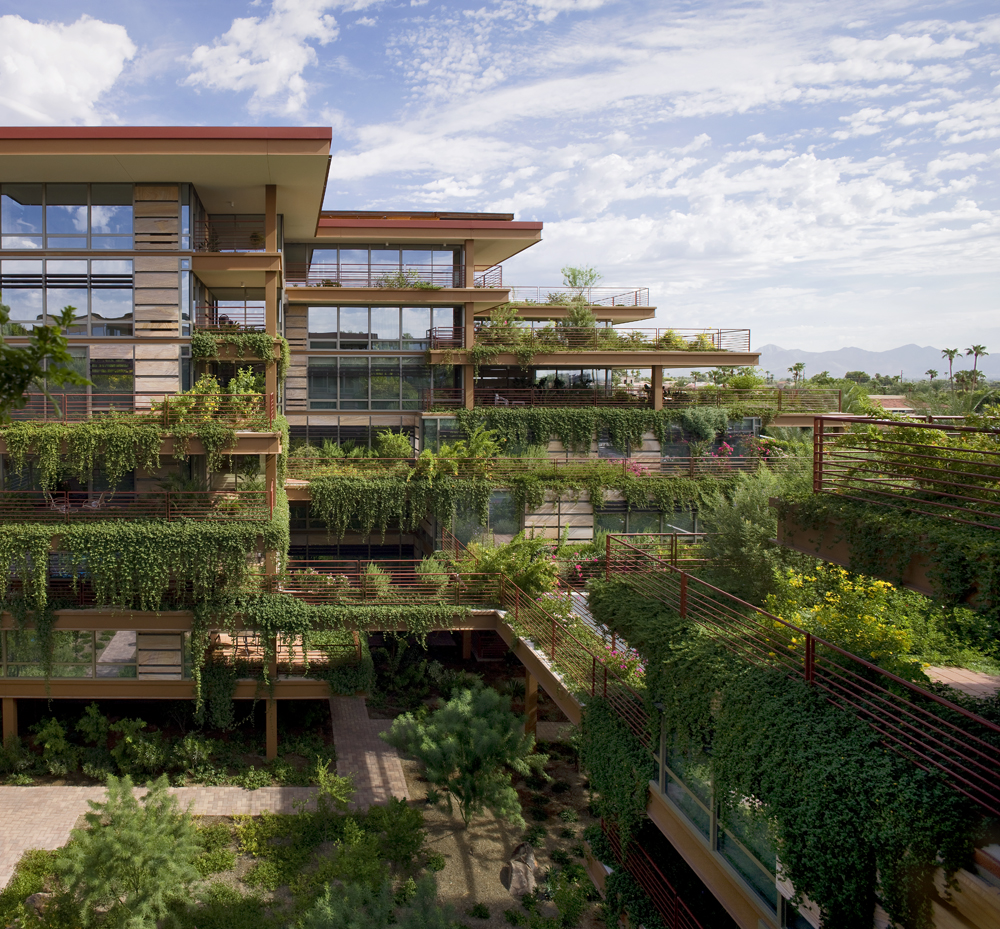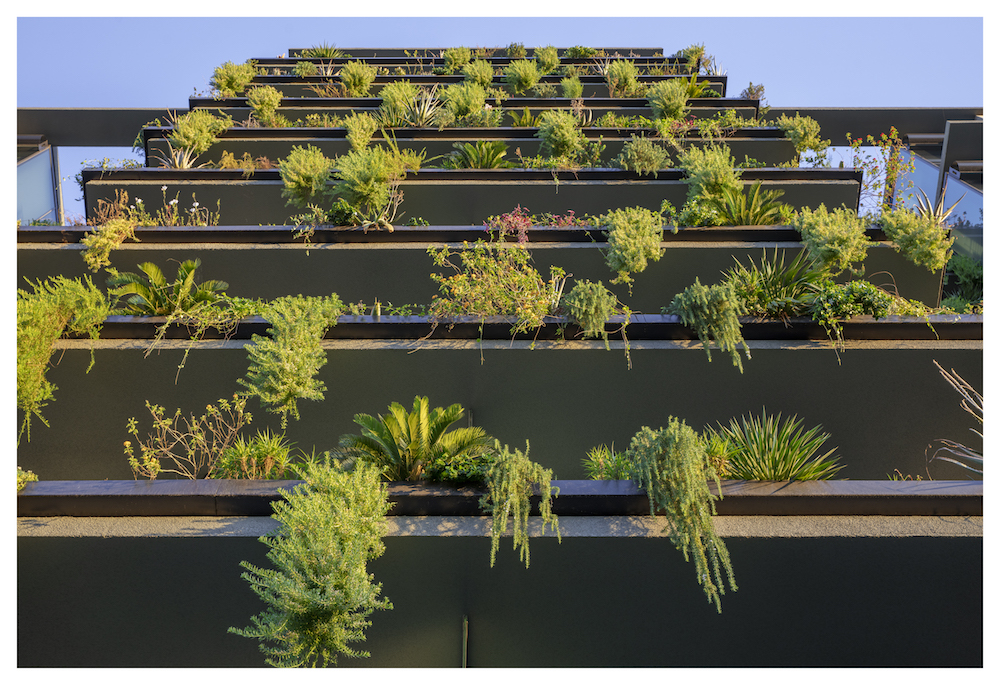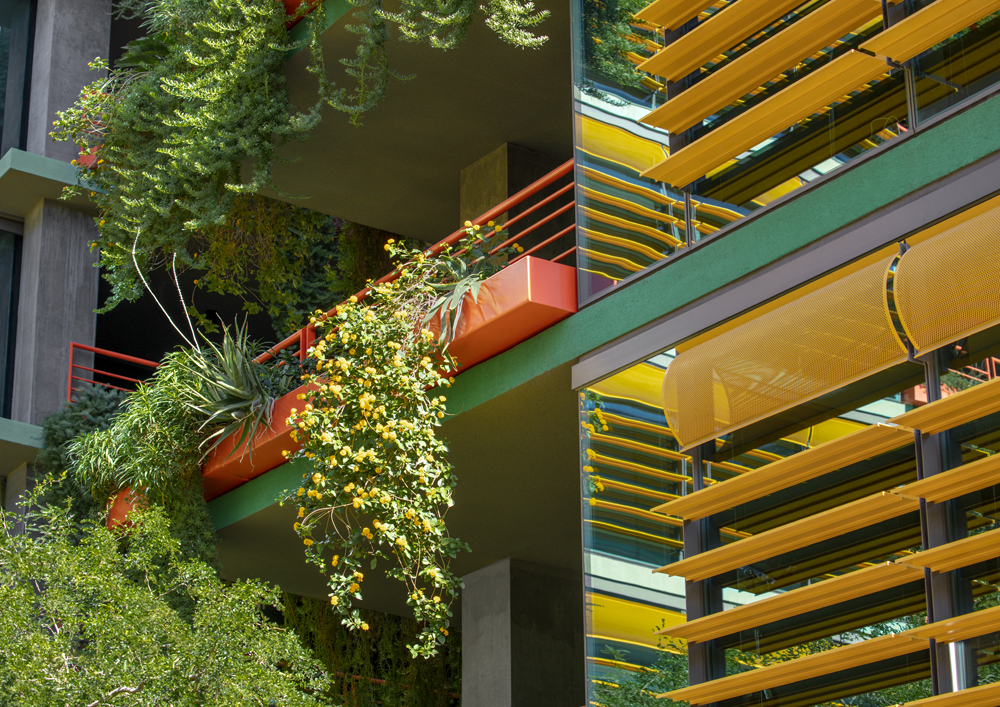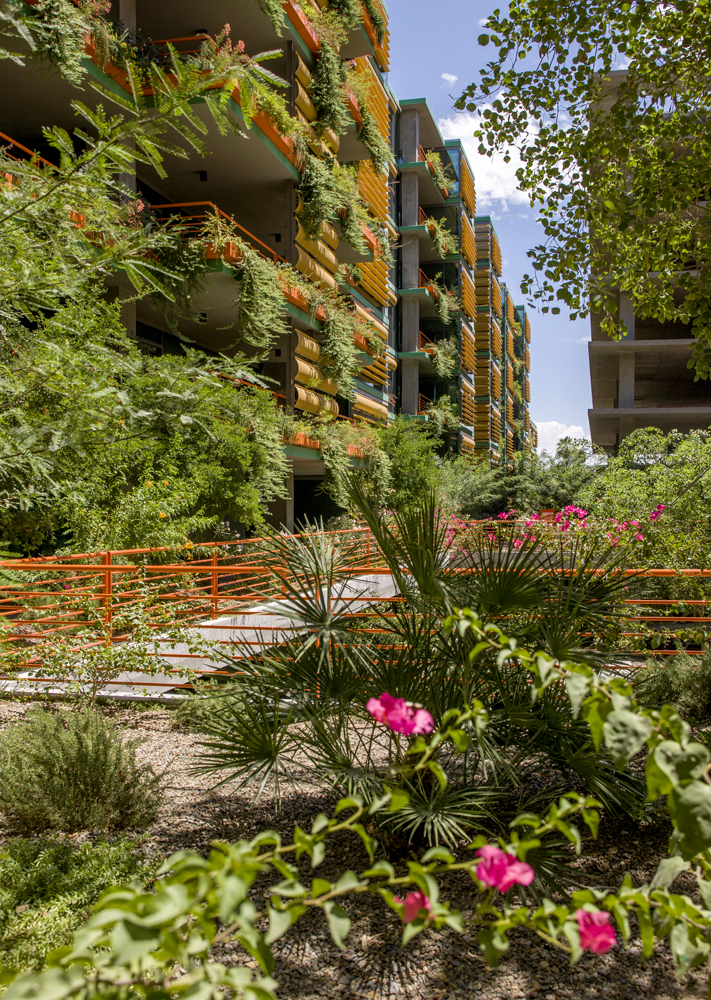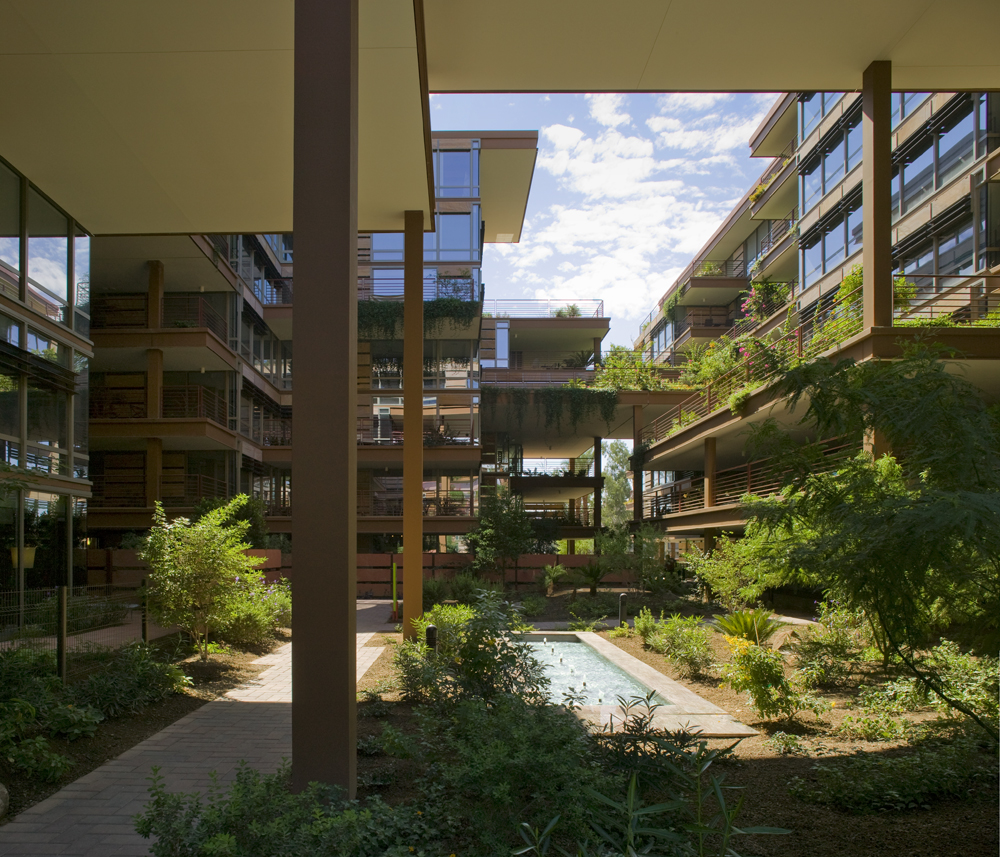Considering we all spent a lot of time indoors in 2020, we’ll take any excuse to get outside this summer. Thankfully, there are numerous mental and physical perks to spending time in the great outdoors, whether it’s on a hiking trail or on your own terrace. Here are just a few of the many health benefits of being outdoors:
Boost Your Mood
Studies have shown being outdoors lowers levels of cortisol, a hormone that’s a marker for stress. Spending some time outside can help with stress, anxiety or depression, not to mention the added physical benefits of just spending a few minutes in the sun. Vitamin D helps with bone growth, regulates your immune system and can help battle depression. Even if it’s just a quick reset, getting out of the house and into nature can really boost your mood.
Improve Your Vision
Just like we’ve all spent more time inside over the past year, we’ve also spent more time on our screens. Whether you’re back in the office or working from home, your eyes probably need a break. Staring at computers, tablets and smartphones for long periods of time can cause Computer Vision Syndrome, but spending time outdoors can alleviate blurred and double vision, red eyes and headaches.
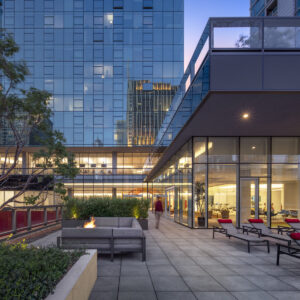
Refresh Your Focus
Nature and green space lets our brains take a break from the chaos of life (and in some cases has even reduced symptoms of ADHD). Spending more time outdoors is also linked to higher levels of concentration, creativity and improved mental clarity.
We hold these health benefits in high esteem, and it’s one of the many reasons we design our residential and communal spaces to invite the outdoors inside. Connecting to nature is an easy way to take some time and connect to yourself and to the environment around you.

